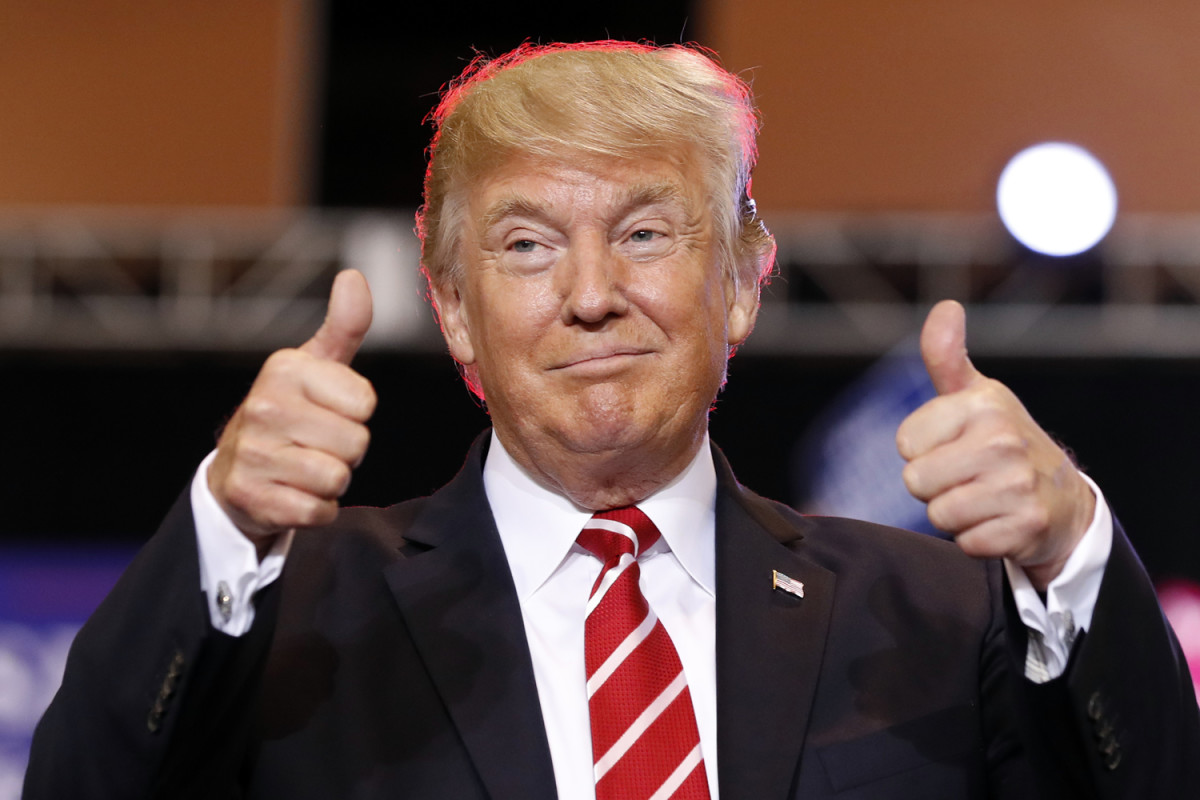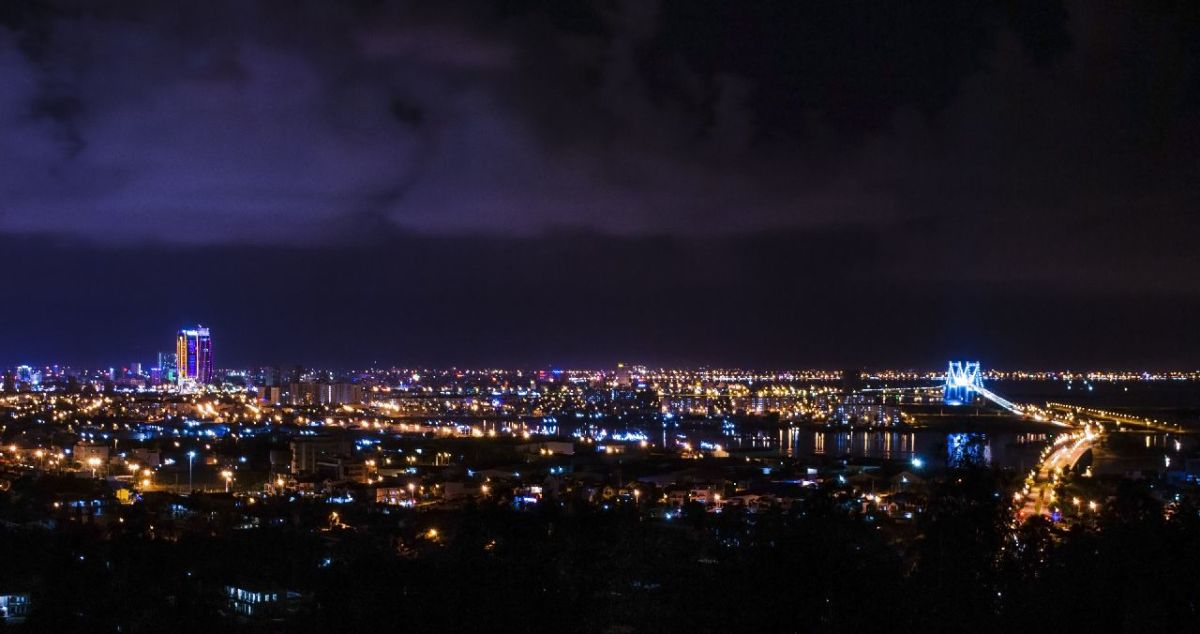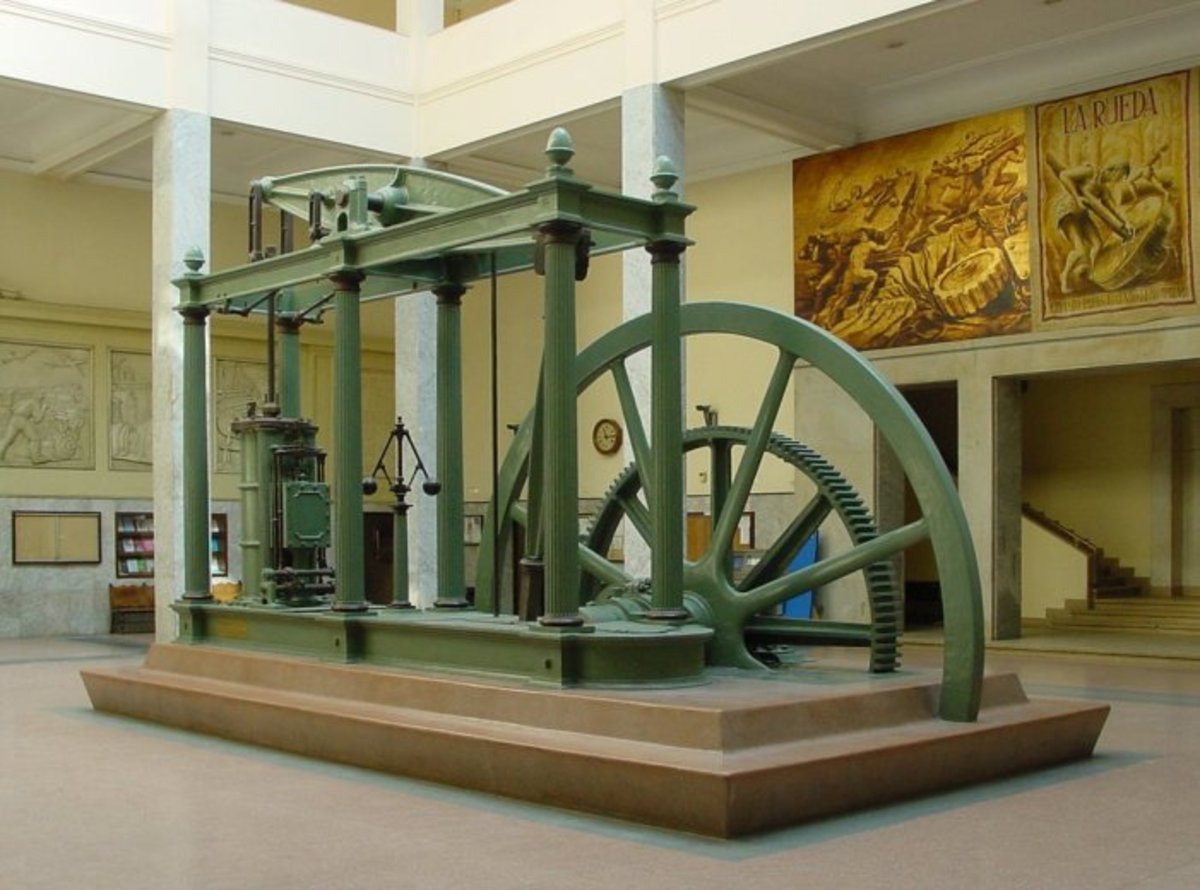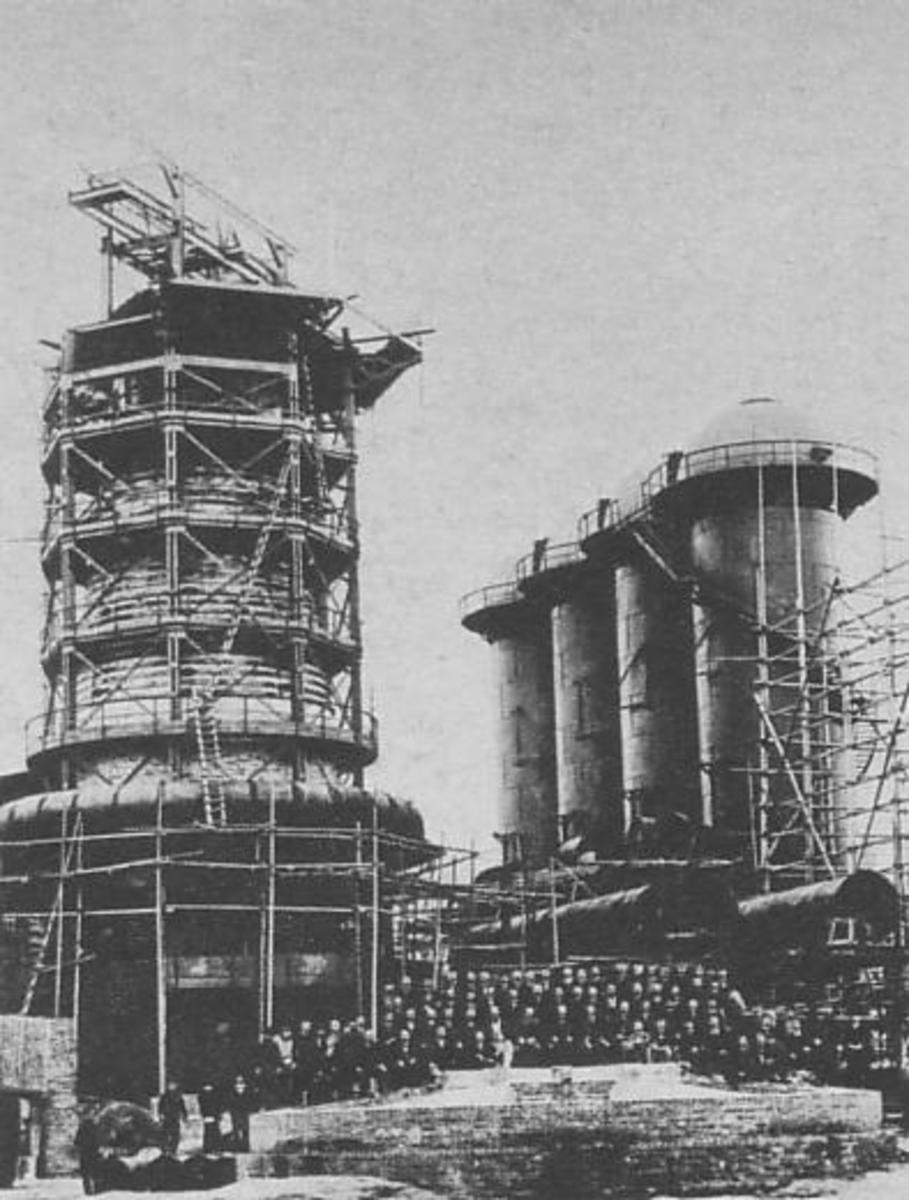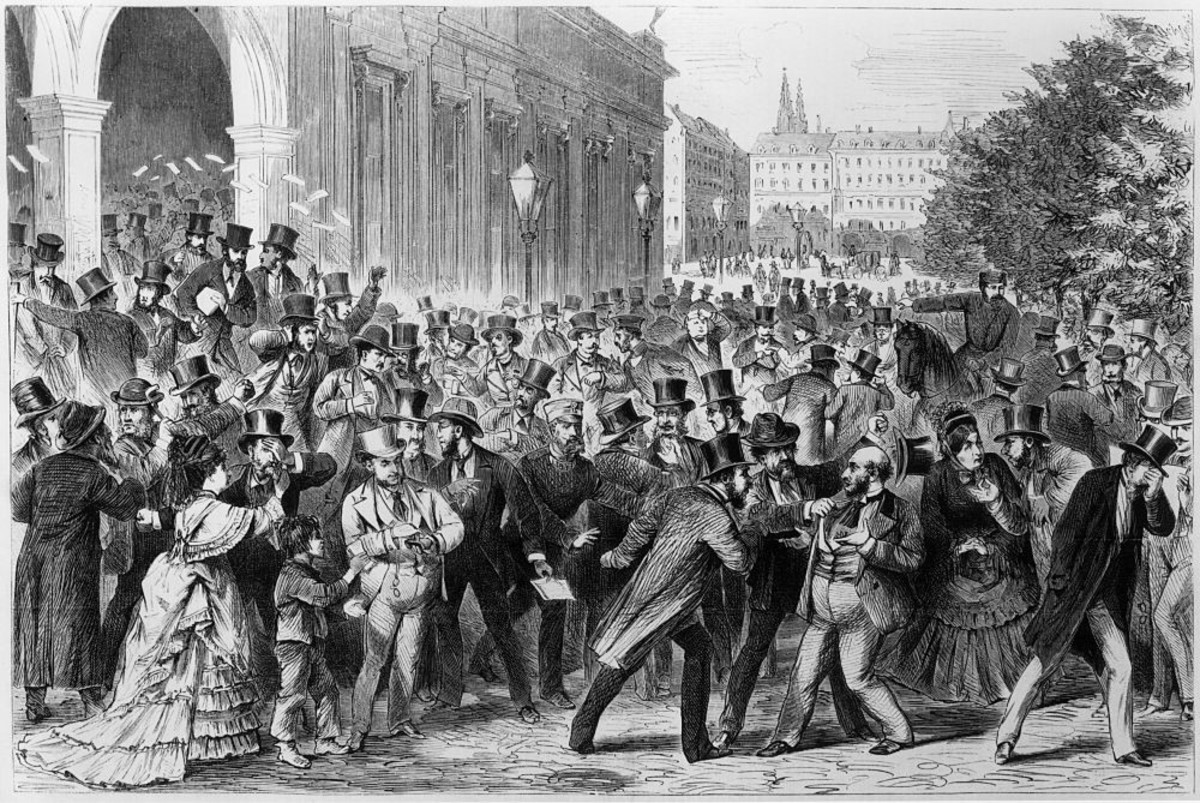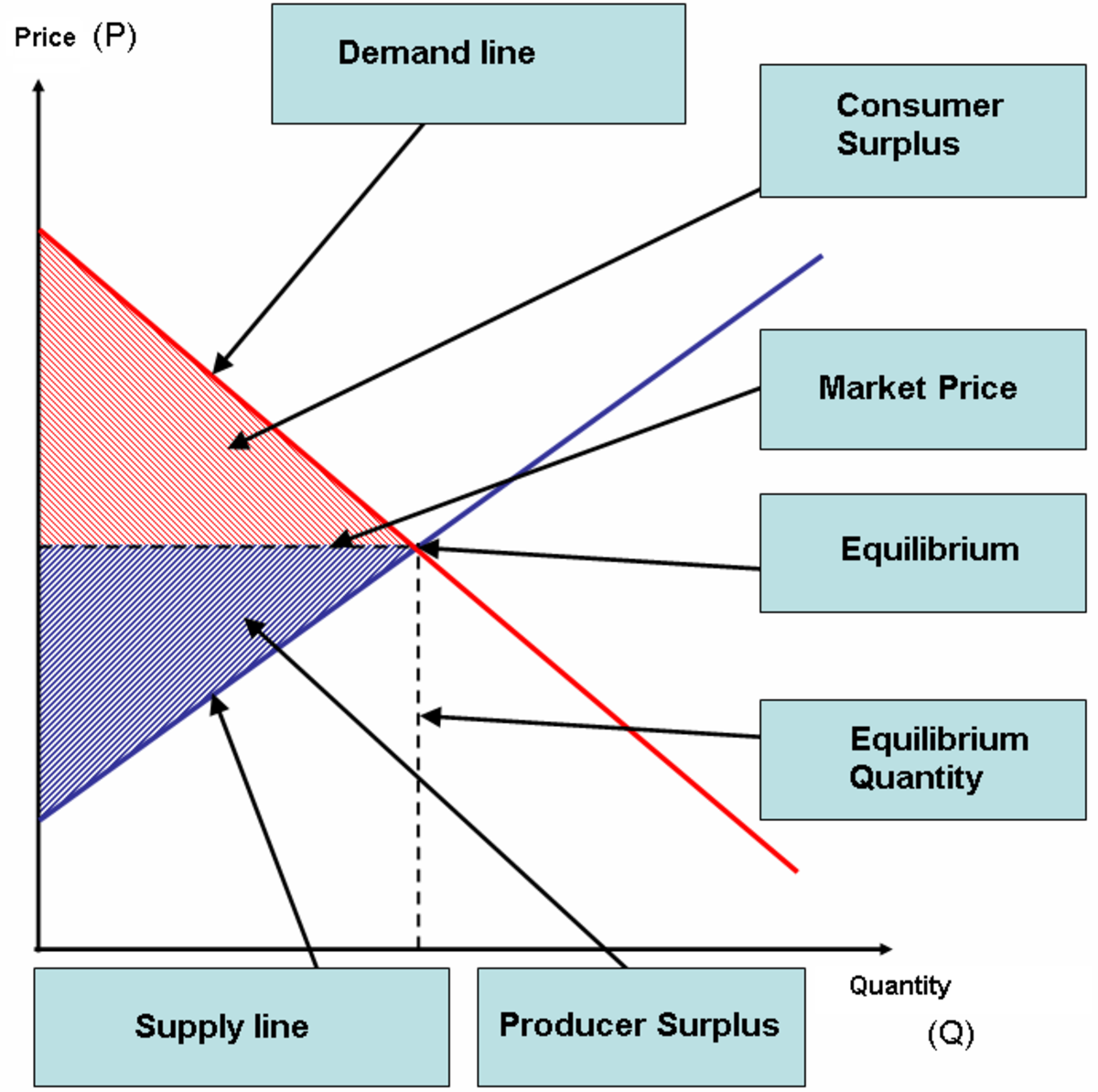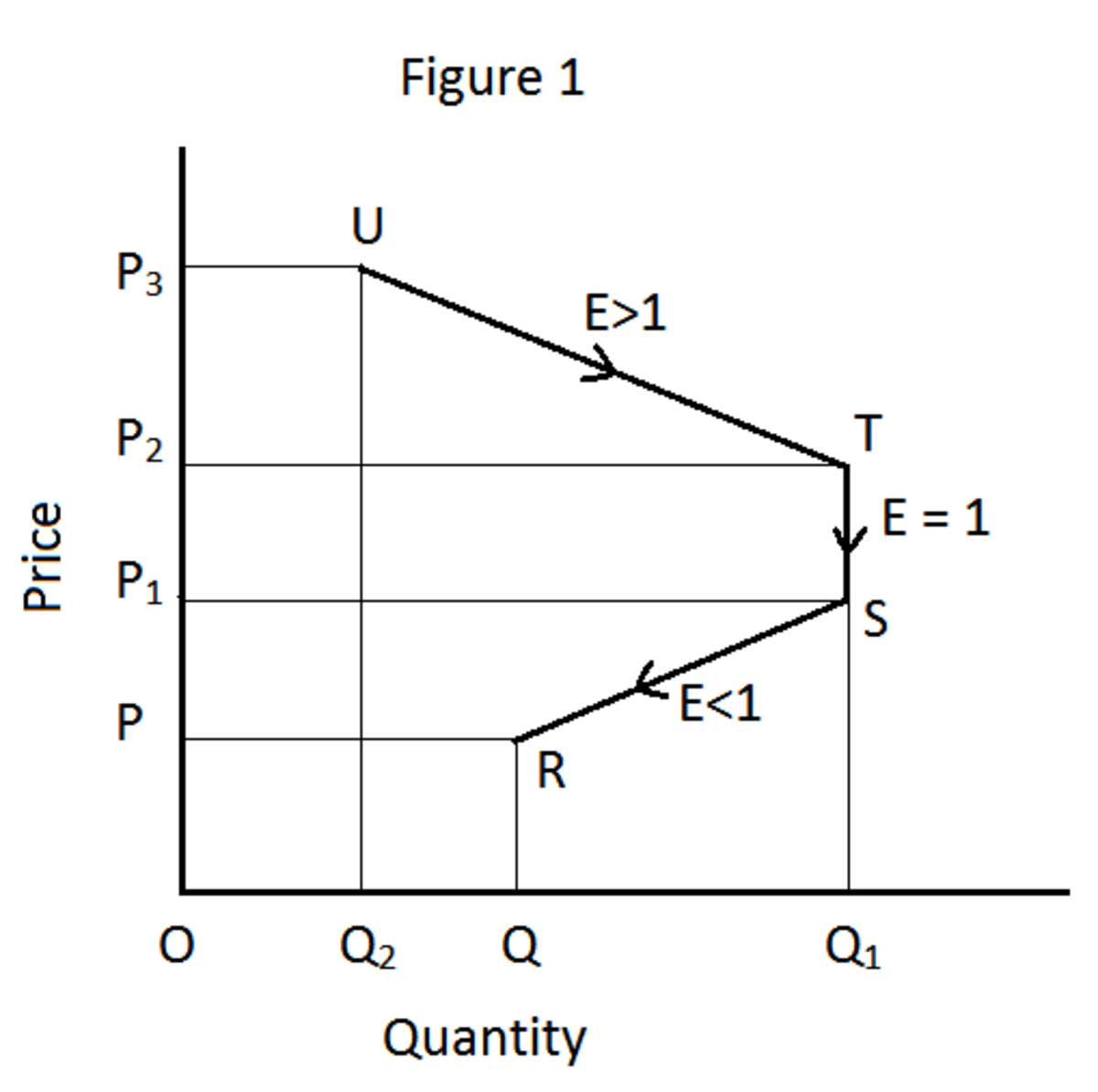A short explanation of Booms and Busts
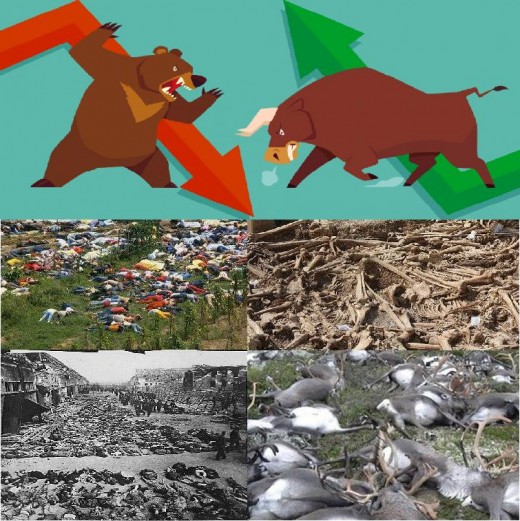
A short history of economics
Economics is defined as the science of production and exchange of goods. In that respect, every living thing practices economics. Here I am concerned only with human economics. Irrespective of whether you like it, whether you understand it, you are practicing economics when you buy or sell things. So it is better if you know something about it. As Santayana said; "Those who cannot learn from history are doomed to repeat it."
In their long history, the chief mode of exchange of humans was 'barter system'. They exchanged one thing for another. They hunted, collected and exchanged. Rest of their time, they socialized and gossiped and took rest, that is, they LIVED - in capital letters. The population growth was slow, so was productivity. They didn’t have to produce more and there was full employment. When the population grew beyond the capacity of a given area, they went to another area. When the group became larger for a given area, they split and one group moved out. They had little material possessions, and hence there were no booms and busts.
Then, approximately from 7000 BC agriculture arose and by 5000 BC it became the major mode of subsistence, at least in the Middle East and between 5000 BC and the beginning of the Industrial Revolution in the 18th century, it was the heyday of agriculture. At least in the initial stages, the dominant mode of exchange was barter, but money in its various forms also showed its face. And along with that profession like artisans came into fashion. (Some was there in the hunter-gatherer stage too, but it became more important and society could support more of them). The dominant mode of production remained agriculture, so we will call it agricultural economy.
During this time also both the population and productivity increased. But it was a very slow growth, less than 1.5%. When the population increased production also increased, either by the cultivation of more/new land or by changing the technology from stone to bronze to iron. But when the population increased beyond the means of production, there were famines to check the population. The Malthusian trap came to prominence. There were other means of population check as well, like diseases and war. Even with all these, it should be noted that the productivity was always higher than the population. There arose two problems out of that. For the first time in history, the problem of unemployment arose. The unemployed people turned to other professions like building and or became mercenaries. Secondly, the excess production gave rise or sustained elites, those who prayed on other people's effort. They started wars thereby giving employment but extracted any production above the subsistence from the populace.
As the majority of the populace lived on a subsistence level and cannot spend money for anything else other than food, 'booms and busts' which are typical of today’s societies were rare. It only came into existence when productivity increased to such an extent (either from agriculture or from other jobs) that people got money to spend. If people had money only to spend on food and dress, they won't try to spend it on anything else, even if it can increase their future income. Disposable income is a must for booms and bust. When some fad occurred, when people thought they could invest and get rich, they went after it. This mad rush to “get it before its price increased” pushed the prices up. After the last person buys, the price increase stops, as there is no one to push the price up again. When people realize that the price is not increasing but decreasing, as there is no more demand, the rush to sell begins and the price collapse. But such phenomenon came into existence only in the last stages of agriculture where people could make money from other means other than agriculture. Hence, such phenomenon is mostly confined to the elites and the nouveau riche when professions other than agriculture and war, like trade, gained acceptance.
Then came the industrial revolution. The productivity was drastically increased. Though it displaced some jobs, it could produce more jobs than it. Gradually Agricultural economy gave way to industrial economy. Modern medicine also improved around this time. The population size also started to increase. The more the population the more the consumers. This, in turn, gave rise to a further increase in production. There was a positive feedback cycle. But the problem of unemployment was not solved, but only increased. Europeans, who started the industrial revolution, went in search of markets, both for raw materials and for selling their products. The first true globalization or European colonialism started. (There was globalization of merchants before too, not to this scale; it was just a sideshow)
The industrial revolution also gradually gave rise to a middle class. The middle class is the people who have disposable income but lack the products or luxuries. They are the people who try to increase their income and have the means to do that though don't have the experience or education of the rich. They are the people who can go after fads and shortcuts to get rich (The rich people or poor are not exempt from this, but is not of much significance as the number of the rich is very few and poor has little money). The boom and bust cycle that I explained earlier started to occur more frequently. Superimposed to that, another cycle started to appear which was more important and more fundamental. As industrial revolution increased productivity, Europe became awash with products, the profits from production decreased, as there were fewer buyers. The first slump appeared. But it was overcome by globalization. But the prosperity didn’t last long, for productivity continued to increase. Soon the globe was filled with products.
As profits could be made, more and more people started companies. This also increased the number of products available. As the companies increase in number, more and more people are employed and as more people are employed more products are sold. But it cannot go on forever. As competition became more intense it drives down prices, which decreased the profits and some companies went bust. The number of consumers is also limited by the size of the population, is a factor to consider. When the companies went bust, it increased unemployment. An increase in unemployment further drives down demand, because unemployed people have no salary and hence cannot buy, which gives rise to a negative feedback loop.
The Austrian economics says that this was because of an increase in “bad” companies and a bust actually is good for the economy as it eliminates the bad one. The Keynesian economists say the bust is actually part of the economic growth and hence government support is enough to tide over the slump and after some time, it is going to be OK. But are they right?
We just saw that the bust is actually not due to “bad” companies but due to an excess of companies and products with fewer consumers. The companies who came late or who could not make a profit for some reasons would go bust, which will increase the unemployment. Unemployment further decreases the consumers and the negative cycle starts. Finally, equilibrium is reached with a high level of unemployment. (High level only means higher than an agricultural economy but that level is a high level enough to cause long food queues as in the great depression). Unless something happens the situation persists, we may call it stagflation.
Keynesians are not completely correct here. A government intervention can indeed increase jobs. This will prevent or temporarily break the negative loop. But it won’t be a long-term solution, for soon the overproduction problem will reappear. Something exogenous has to happen for the economy to recover. Keynesianism is merely hoping that the government will buy enough time for the economy to recover by some means. They have no answer to how it is going to recover, but only a hope, that may or may not turn out to be true. But their equilibrium is better than that of an Austrian's as the government is reducing the unemployment to an extent.
We will go back to the beginning of the twentieth century. The world is awash with products, the Great Depression has started. If we had followed the advice of Austrians we would have remained in depression with high-level poverty and the consequent riots. If we had followed the advice of Keynesians, which actually we did, we would still be in poverty but not to the extent caused by Austrians. So what happened?
The Great War or world war two is what happened. Either in anticipation of the war or because of the war and because of the ‘new deal’ government’s started spending more. In addition, there was a huge increase in research. By the end of the war, new products came into the market. People had new things to buy; companies had new things to produce. Computer became a common thing. The appearance of new products started a new positive feedback cycle, which continued unabated till the 1970s.
During this time a new shift occurred, the world of the economy again changed. If it was the heyday of the industrial economy, with the arrival of computers, the economy again changed. As computers and robots could vastly increase productivity and change the way we do business, a new sector arrived – the service economy. For the last thirty years, service economy rules the roost. But service economy has a problem, it creates fewer jobs. Initially, though it increased jobs, gradually it began to displace workers as machines began to take over the job of workers. The machines can drastically increase productivity, but humans cannot increase that exponentially to absorb the products. Instead, we have actually started decreasing our numbers. After the new deal, our population increased, which helped the booming markets of the twentieth century. In contrast, the twenty-first century we are again awash with products but a decreasing population. So there are fewer and fewer consumers. We are again in for another great depression.
So we are back in the situation of the twentieth century, too many products and few consumers.
These are the fundamental mechanism of booms and bursts, the greater cycle. The smaller cycles, as I already explained, is due to fads and humans greed, to get rich by shortcuts. The smaller cycles are not very important unless the economy itself is in a precarious situation. Of course, it can burn those who are involved in it; beyond that, it will have no effect. But if the economy is weak, it may the triggering point of a greater collapse which may be arrested by Keynesian tactics.
Before stopping, you may ask why Keynesianism is not helping as after the 2008 crash. One answer already might have come to your mind - no products. Can any new products come to the market? The answer is most probably no. But the more important question will be, can a new product or products help us? The answer, sadly is, no. The machines have so increased productivity that in a matter of months the product can be produced for the whole world. It will not increase employment. If people are not employed, how can they buy?
With that question, the second reason also becomes evident. Keynesianism works only if the consumers are given money. It is the consumers who have to buy things and stimulate the economy. During the new deal it was the commoners who got money, but this time the government gave to the very few people who won’t spend it, the rich. Instead of buying products they bought shares, which stimulated financial market but did nothing to stimulate the real economy. The financial markets are scaling new heights, but the real economy is diving to new depths. The trickle-down economics just doesn't work. Why should the rich spent money on companies when they already know that the world has more products than it can absorb and they are not going to get any profit from the venture?
So if the government is serious about stimulus they should tax the rich and give it to the poor and middle class. That is the only method to stimulate the economy and get out of depression.
Is it a permanent solution? If you have read this much, the answer is self-evident, NO, a resounding no. As I said, Keynesianism is a stop gap. Something exogenous has to come to save the economy, last time it was the technological innovation that happened and the new products that surfaced in the twentieth century. This time there is nothing. Only a miracle can save the economy from collapsing. What will happen if no such thing occurs? Our economy will collapse; there will severe unemployment that may reach near 100%. With unemployment comes famine, with famine death. The lucky few who may survive can’t last long due to the climatic changes that can occur due to the mass extinction of the numerous and most dominant species on earth now.
Is there a solution? I think no. When will this happen? My guess is 2020. But it can be postponed a little more if the government does the right thing now. After all, if we can live one more year, that is better, isn’t it?

